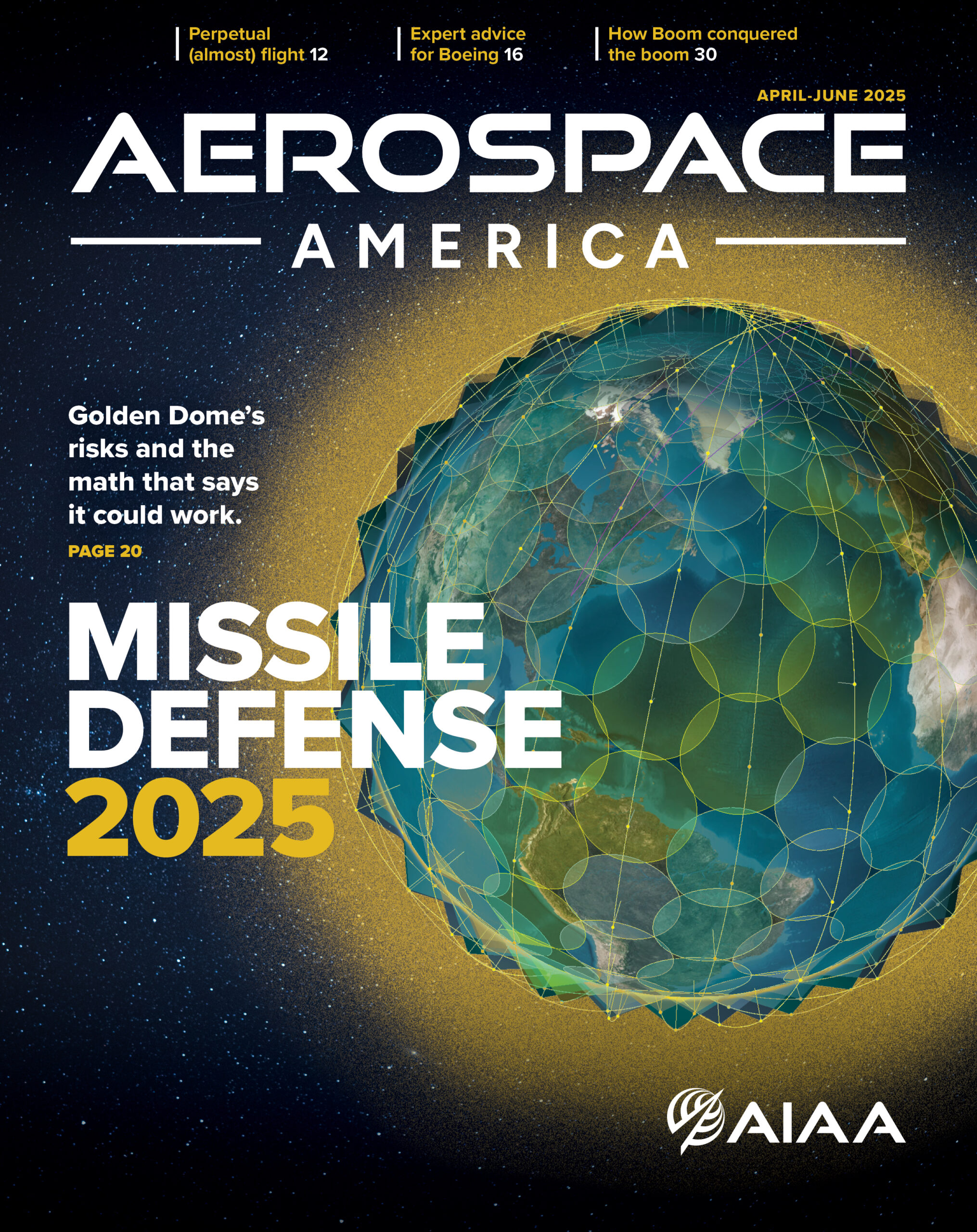Stay Up to Date
Submit your email address to receive the latest industry and Aerospace America news.
By Nick Lappos and Mike Borfitz, AIAA Certification Task Force Co-Chairs
An opportunity exists to enable the development of airspace and air traffic control to integrate a potential air vehicle increase of up to 10 times the current population. Enabling this possibility, referred to by many as the Advanced Air Mobility (AAM) ecosystem, has inspired our work for many years. However, inviting this future requires the currently successful air traffic control system to reconsider its bandwidth, granularity, and reliance on airspace partitioning. As the AAM ecosystem develops, autonomy, artificial intelligence, and machine learning will become essential triggering technologies. The criteria used for aircraft certification and operations need to have a paradigm shift to enable these capabilities to be an integral part of attaining flight vehicle airworthiness certification and continued operational safety.
From 2022 to 2024, AIAA commissioned two task forces to explore opportunities for the organization to support the emerging AAM industry. The Advanced Air Mobility Task Force, chaired by Virginia Stouffer, considered topical priorities for resource development across AIAA’s education initiatives. The Certification Task Force, which we co-chaired from 2023 to 2024, articulated the nuances involved with certifying and integrating novel aircraft into the national airspace.
Our report, “Challenges to the Commercialization of Advanced Air Mobility” at aiaa.org/domains/aeronautics draws upon Advancing Aerial Mobility: A National Blueprint, a report published in 2020 by the National Academies of Sciences, Engineering, and Medicine. The report addresses unique requirements for certification and infrastructure, potential impacts on legal precedent and policy, and recommends a tutorial and mentorship series that could prepare new market entrants with foundational knowledge and tools needed to address the FAA’s data requirements and safety concerns.
2025 is poised to be a critical year for the expansion of the domestic AAM ecosystem. The timing of this report defines a possible role for AIAA to convene stakeholder groups across the aerospace industry and support decision makers in knowledge sharing, just as the AAM Multistate Collaborative and AAM Interagency Working Group at the U.S. Department of Transportation plan to release a series of white papers on priorities for AAM operations. In addition to providing professional development support for the aerospace innovation community through its evolving needs as AAM operations mature, AIAA has an opportunity to educate decision makers and the general public about how to actualize a reality for national airspace that could expand access to goods and services for all Americans. Having concluded the task force efforts, AIAA is planning to expand its advocacy and engagement on implementing AAM. Please visit the AIAA Aeronautics Domain website for more details about programming throughout the year.
IN THEIR WORDS
AIAA organized a panel discussion at the Vertical Flight Society’s AAM Infrastructure Workshop in September to share key recommendations from the “Challenges to the Commercialization of Advanced Air Mobility” report. Here are some edited highlights from the report.
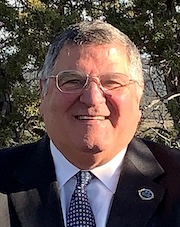
Nick Lappos
Technical Fellow, Advanced Technology, Sikorsky, A Lockheed Martin Company (Certification Task Force Co-Chair)
Wisely, the FAA has established a crawl, walk, run philosophy regarding the changes in the air traffic management (ATM) system as advanced airmobile aircraft are introduced. Today’s system is the safest on the planet and adapts itself to the business needs and operational requirements of the air vehicles currently in service. For this reason, large changes to the ATM system should take place only as the business requirements grow and the need arises. As advanced airmobile vehicles are put to use, air traffic density will rise in urban areas, and with that rising density the need for major changes to the air traffic management system will occur.
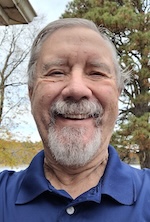
Mike Borfitz
CEO, Kilroy Aviation (Certification Task Force Co-Chair)
Many AAM start-up companies don’t have the depth of experience in FAA aircraft certification processes and procedures. The addition of new technology such as powered lift, energy density, and autonomous or remotely piloted flight contributes to the complexity of the type certification process, even for seasoned practitioners. The type certification process is iterative and frequently nonlinear; it can be painfully slow even when the applicant is deeply experienced and enjoys a healthy relationship with the FAA.
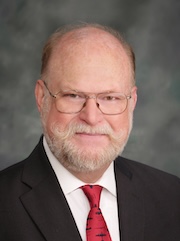
Herb Schlickenmaier
President, HS Advanced Concepts LLC
Novel technologies are the antithesis of a proscriptive certification environment. After all, rules are meant to be met, not changed. The challenge is wrestling with the traditional role of standards development organizations, where the standards were based on data collected from existing industry and some government projects and products to allow harmonization to improve safety or economics. Under this new performance-based regulatory framework, standards are being developed prior to initial product introductions to support innovation, not harmonization.

James Grimsley
Executive Director of Advanced Technology Initiatives, Choctaw Nation of Oklahoma
If prescriptive laws are developed and adopted early in the development of the technologies, it is critical that these laws be “future-proofed.” Laws that focus too heavily on the current state of the art can be rendered ineffective by technological developments. This poses a significant challenge to lawmakers. The existing complex legal framework for aviation in the United States has evolved over the past century. Some of this legal framework is now being challenged due to the emergence of novel aircraft systems that have the potential to operate in ways that are sometimes not possible with legacy aviation systems.
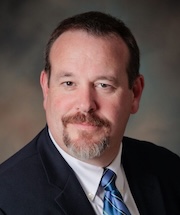
Rex Alexander
President, Five-Alpha LLC
There is a need for the FAA to define what each individual type of infrastructure, airport, heliport, and seaplane base is capable of supporting in regard to AAM operations and aircraft. This includes what type of ground equipment and fire safety equipment will be required at a traditional airport or heliport that intends to support electric, hybrid-electric, and/or hydrogen aircraft. We also will need to address the required equivalences for a vertiport that is intended to support other powered lift aircraft such as helicopters that may operate on either 100% liquid fuel or are configured as some sort of hybrid design.
Stay Up to Date
Submit your email address to receive the latest industry and Aerospace America news.
